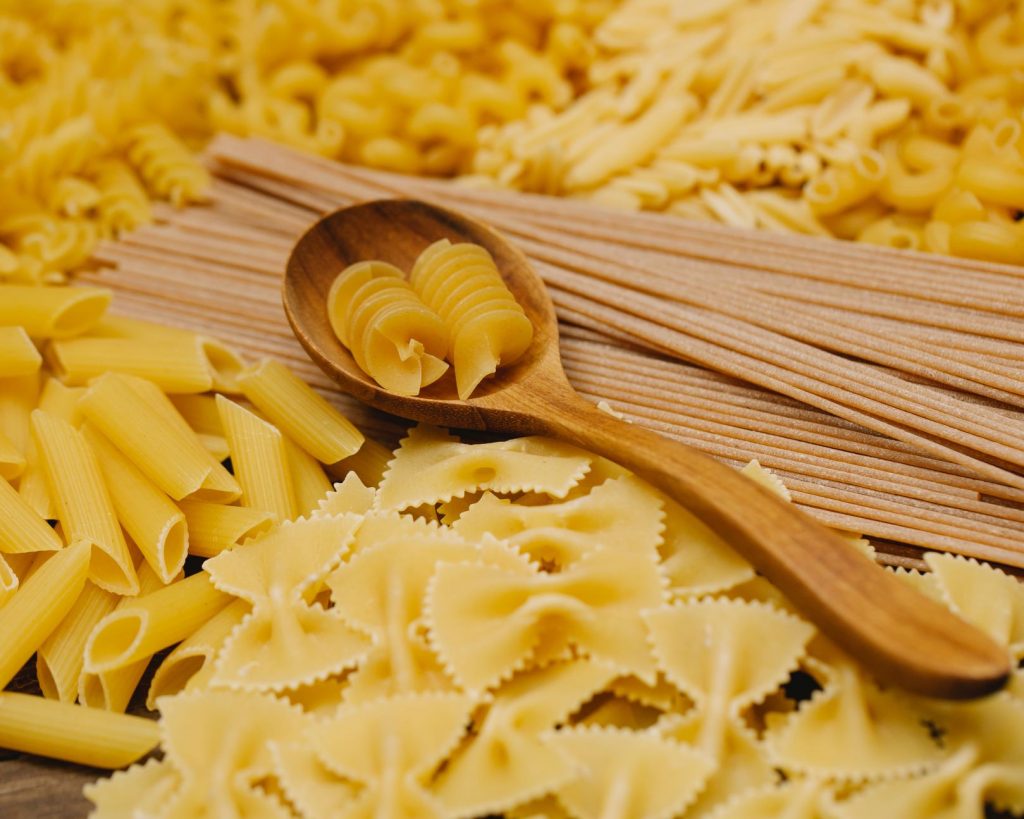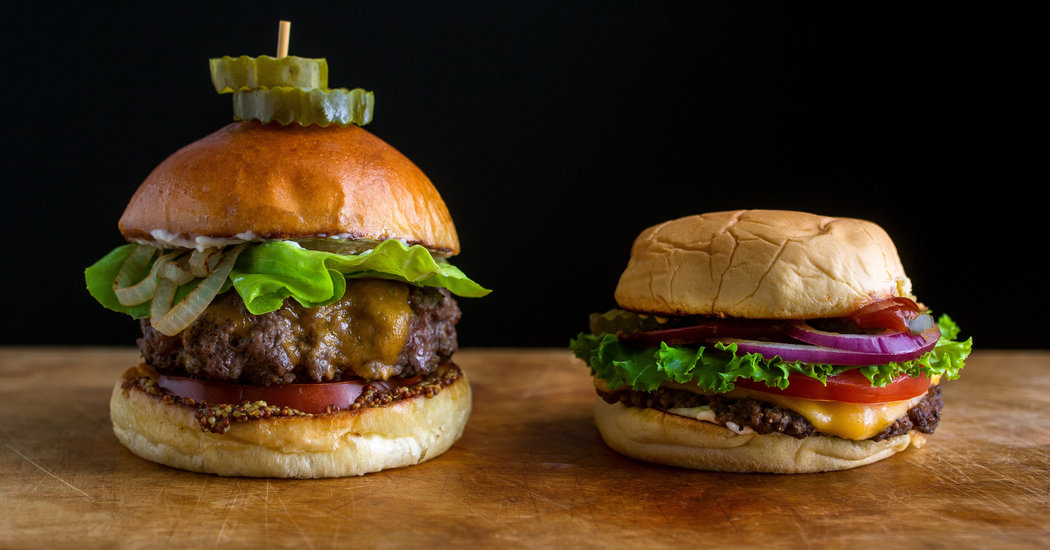
You should be able to create a simple, yet effective, cooking skills checklist for your kids. These skills cover everything from creating creative recipes to making sure the kitchen is safe. These skills are vital for your child's development. Here are some tips. Here's an example checklist:
Here are some essential culinary skills
In addition to a culinary degree, aspiring chefs should have a strong understanding of how to prepare food properly. These skills include understanding how to prepare food, determine freshness, and convert standard recipes into larger batches. Chefs must have good time management skills and a keen sense to smell and taste. A chef should also be able handle knives and other food equipment.
Sauteing is a versatile technique that can be used with a variety ingredients. Lightly sauteed vegetables and shrimp in garlic butter are particularly delicious. Braising is the oldest of cooking methods and usually involves boiling on an open fire. Although it is not a very advanced skill, it is still extremely useful. It is a basic skill that can be taught to cook. It is also important to know how to use a knife and understand safety tips.
Develop creative recipes
Creative recipes are essential to your success when cooking a meal. Not only do they showcase your creativity, they also showcase your skills. Divergent thinking, also known as creative thinking, is a way to think outside the box and come up with new ideas. This is a crucial skill in a cooking career as it allows for you to experiment with different cooking techniques and flavours and impress your customers. With a creative mind, you can also try new flavors to impress your employer. Explore different flavour combinations and create interesting themes for your meals. Find creative ways to increase your creativity through brainstorming and research.

Another problem with defining cooking skills is that they are not consistent. The authors are not able to agree on which skill is more important. However, they do agree that it should be redefined. The definition of a skill should evolve from the perceived Golden Age, when basic cooking skills were more advanced than a person's ability. To create an increasingly healthy and vibrant future for food, we must support the evolution of these skills and their use.
A safe kitchen environment
Your staff's health is at stake if you don't create a safe work environment in the commercial kitchen. A commercial kitchen can pose a danger to your staff because of the presence of bacteria and electrical equipment. The first steps are to develop a plan and purchase safety equipment. It is important to ensure children are not left unattended in the kitchen. Safety plans and training employees can make a big difference in preventing accidents.
Fire-resistance and fire-safety training are vital for all kitchen staff. Local fire departments can provide training in fire safety. It is important that kitchen staff know where fire extinguishers or fire blankets are located, how they operate, and how to manually activate the fire-suppression systems. Training employees in CPR and first aid should also be given as needed. Kitchens should have nonslip flooring.
Identification of food safety hazards
Identifying food safety hazards is an essential part of your overall safety program, whether you are preparing a meal for your family or catering for a special occasion. Identifying potential hazards is an important part of food safety, as it can prevent outbreaks of food poisoning and product recalls. Failing to identify potential hazards can lead to brand damage and regulatory action. Codex HACCP compliance in food businesses is vital. Identification of hazards is a key requirement.

There are many physical dangers that could cause injury to humans. These hazards can be either natural or artificial, and they can come from plants or people. Different physical hazards may cause different degrees of injury or disease. These hazards are not necessarily inherently dangerous, but they must be identified and eliminated before they can cause harm. To identify potential hazards, determine the source of the danger and how to reduce it. By observing the product, you can identify the source of risk.
FAQ
Can you learn to cook on your own?
Yes, you can be a self-taught cook! It is something everyone enjoys, regardless of their level of cooking ability. If you are interested in learning how to cook, start cooking at home. Start small with things like making pancakes or spaghetti sauce for your dinner. You can learn the most by trying new recipes and making mistakes. It is possible to make mistakes.
You can learn to cook in a matter of hours or weeks depending on your level of cooking ability. It's important that you remember that cooking does not mean following a recipe. There are many methods to prepare food.
Where can i buy quality kitchen equipment
High-quality kitchen equipment can be purchased online. All kitchen tools can be purchased online at a number of sites. Before purchasing any kitchen equipment, however, make sure that you read reviews and ratings before buying anything. Ask other owners if they have any recommendations.
Do I require any special equipment?
To learn to cook, you don’t need to have any special equipment. However, having the right tools can make cooking easier. For example, you could use a knife instead of a fork to eat pasta or a whisk instead of a hand mixer to whip egg whites into stiff peaks. Having the right tools makes cooking less intimidating and allows you to start faster.
How do I become a Chef?
There are many avenues to become a professional chef. Start by enrolling in a class at a vocational school or community college. Consider attending culinary school. A paid internship is another option.
Statistics
- On average, chefs earn $58,740 a year, according to the BLS. - learnhowtobecome.org
- The median pay for a chef or head cook is $53,380 per year or $25.66/hour, according to the U.S. Bureau of Labor Statistics (BLS). (learnhowtobecome.org)
- under 10 Kids have been taught that there is special food just for them, and Fiese says that 10 percent of kids will throw a tantrum if they don't get the food they want. (washingtonpost.com)
External Links
How To
How to make a perfect omelet
Omelets are a favorite breakfast food of mine. But how do they turn out so perfectly? I have tried many different recipes and methods, but none of them work. So today, I want to share some tips and tricks with you so you can make your own delicious and fluffy omelets every morning.
First, eggs can be very temperamental ingredients for making omelets. Eggs must be purchased fresh, preferably organic, and kept chilled until ready for cooking. If you don't keep them cold enough, the whites won't form properly, and the yolks will break down too much and become runny. Your omelets will look strangely colored if this happens. If you intend to cook your eggs immediately, it's best to use room-temperature egg.
You can also separate the egg before you add it to the pan. It is important not to allow any white to mix with the yolk as this could lead to the omelet becoming curdled.
The bottom part of an egg that is added directly to the stovetop might be burned, which could cause a ruined texture in your omelet. Instead, put the egg in the microwave for 10 seconds before putting it into the pan. The microwave heat will cook the egg just right without making it too hot.
Next, let's talk about mixing the eggs. You want to mix the eggs thoroughly before you add them. You need to turn the bowl of the mixer upside down. Next, shake the bowl vigorously. This allows the air to be whipped and the egg to be mixed thoroughly.
The fun part begins - you need to pour the milk into your mixture. Mix half of the milk with the eggs. Then fold the eggs in half into the remaining milk. Do not be alarmed if there are still egg streaks visible. Once the omelet flips, these streaks will disappear.
After folding the eggs, place the pan on medium heat and wait for the oil to start sizzling. Once the oil begins to heat, add 1/4 cup butter and swirl the pan to coat it. Next, carefully open the lid and sprinkle salt into your pan. A pinch of salt will prevent your omelet from sticking in the pan.
Cover the pan once you have formed the omelet. Wait for the top to set. Flip the omelet with a spatula, or flip it upside down. Cook the second side for a minute or so. Serve immediately after removing the omelet from its pan.
This recipe is best made with whole milk. However, it can also be used with skimmed milk.